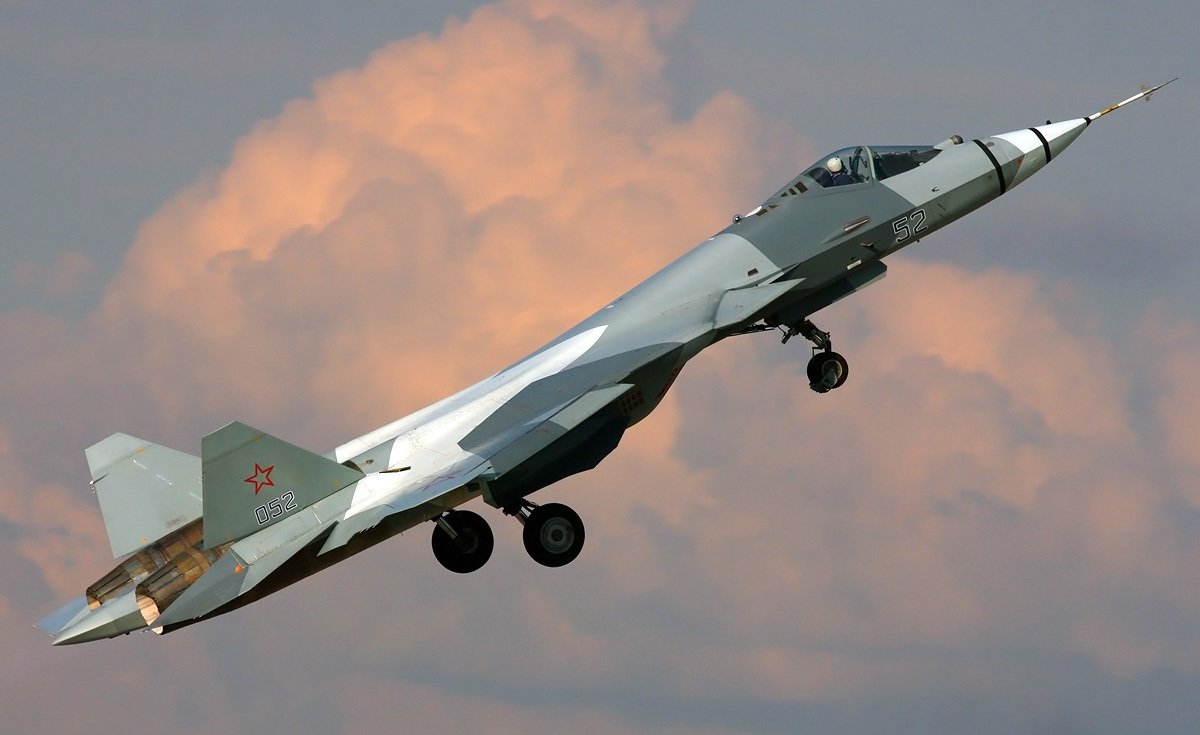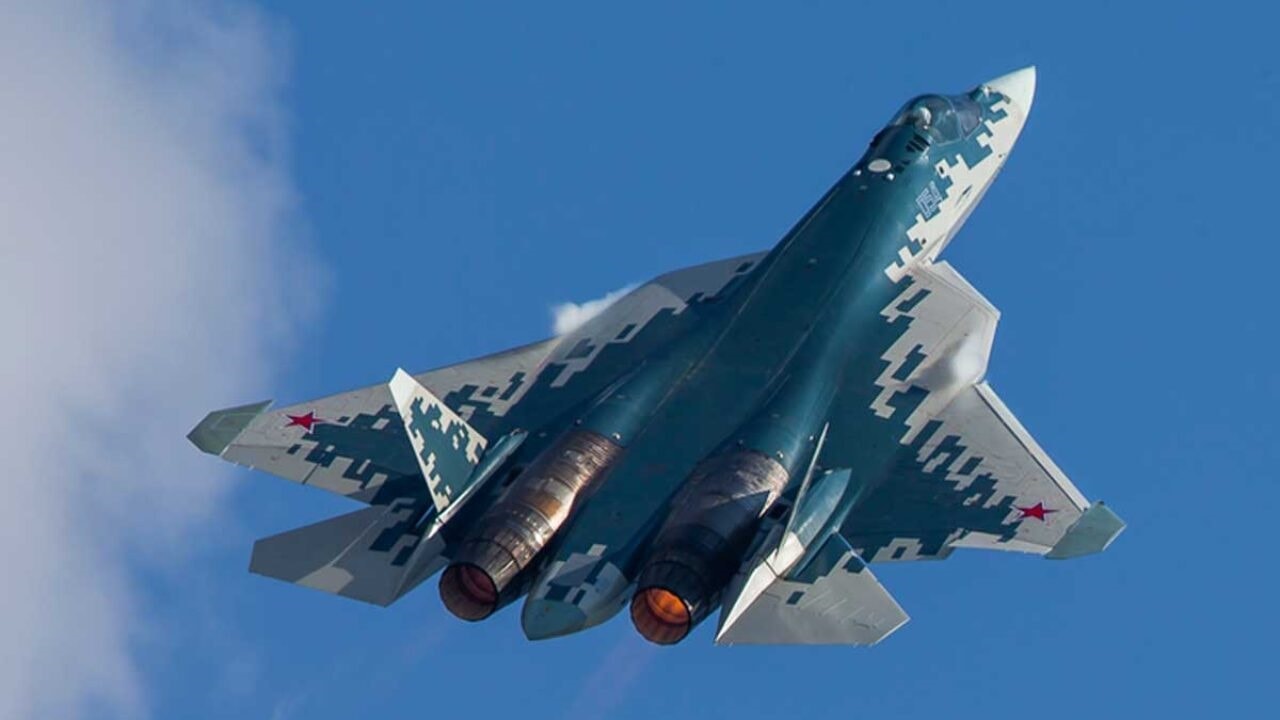Is Russia’s next-generation fighter, the much-hyped Su-57 Felon, actually serving in Ukraine?

Su-57. Image: Creative Commons.
This is a popular question among military analysts and observers. According to a top Russian general, the fighter is indeed seeing significant action. This leader told reporters the Su-57 has hit air and ground targets in “each sortie.”
Su-57: Unclear Role
Gen. Sergei Surovikin claimed the stealth Su-57 is taking advantage of advanced weapons when flying over Ukraine. In September, four Su-57s were deployed, according to RIA Novosti. But Russia is likely being careful with the Su-57s, and it may be using them in a standoff role outside the reach of Ukraine’s air defense network. If entering Ukraine air space, they might be only flying at night and at lower altitude. It would be a propaganda coup if Ukraine shot down a Su-57, so caution is probably being emphasized at this time.
Yet Surovikin also said the Su-57 was creating what he called “a tactical information network.” It is not clear what this means, and the phrase may have been lost in translation or misinterpreted. It could refer to a secure communications system with other airplanes, in which the Su-57 could “quarterback” a group of fighters collecting intelligence, surveillance, and reconnaissance data in the same fashion as an F-35.
Need Independent Verification
What we don’t really have are reports from Ukrainians claiming to spot the Su-57, which you would expect if the warplane had actually been detected. 19FortyFive reported on Oct. 1 that one unconfirmed video on Twitter could have been of a Su-57, but the tweet did not reveal where and when the alleged Su-57 was seen.
It appears that the Russians have a total of four Su-57s in action – that is, if you believe Russian military leaders and pro-government media outlets. Four fighters is not enough to transform the air war over Ukraine to Russia’s favor. The fighters would have to totally suppress anti-aircraft defenses.
The Su-57 has endured a checkered history of delays and schedule slips dating back to 2009. Engine problems were the first culprit, and when it first flew in 2010, the airframe cracked on six out of 10 fighters. Russian designers and engineers changed the composite materials to make the airframe stronger, and they enlarged its wingspan. Russia’s air force wanted 60 Su-57s. That number will not be produced any time soon, even though the Ministry of Defense declared in August that it could acquire 22 Su-57s by 2024.
What the Experts Told 19FortyFive
“Russia flew Su-57s in Syria in a promotional rather than a combat role, as they operated in a permissive environment and did not conduct much in the way of combat strikes,” explained Dr. Robert Farley, a Senior Lecturer at the University of Kentucky. “Ukrainian airspace is a more dangerous, complex environment, and there is cause for Russia to be extremely cautious about using the Felon in risky situations. That said, Russia claims that the Su-57 has been used on multiple occasions in multiple roles. The evidence for that is scant, but the claims can’t be disregarded,” Farley added.
Can the Su-57 Compete With Other Stealth Fighters?
The Su-57 is purported to have 3D thrust-vectoring controls that make it more maneuverable than other fighters in the Russian arsenal. The avionics are up to date and in line with stealth fighters from the United States and China, although it is not believed to be as stealthy as the F-35, F-22, or J-20. Stealth attributes are improved with internal weapons bays that hold a bevy of missiles and bombs for air or ground strikes. The Su-57 may have active electronically scanned array radar.
We are still looking for independent confirmation that the Su-57 is indeed operating over Ukrainian airspace. In any case, four airplanes do not make a squadron, and as mentioned previously, they are not going to change the war.
The airplane is more likely testing its network integration capabilities, rather than using its weapons. If the Su-57 actually had been in combat, the Russian military would offer more specifics. The stealth fighter is still a bit of a mystery, and we will wait for more details once Western intelligence can verify them.
Expert Biography: Serving as 1945’s Defense and National Security Editor, Dr. Brent M. Eastwood is the author of Humans, Machines, and Data: Future Trends in Warfare. He is an Emerging Threats expert and former U.S. Army Infantry officer. You can follow him on Twitter @BMEastwood. He holds a Ph.D. in Political Science and Foreign Policy/ International Relations.
Note: This piece has been updated to account for new expert analysis by Dr. Daniel Goure from the Lexington Institute.

